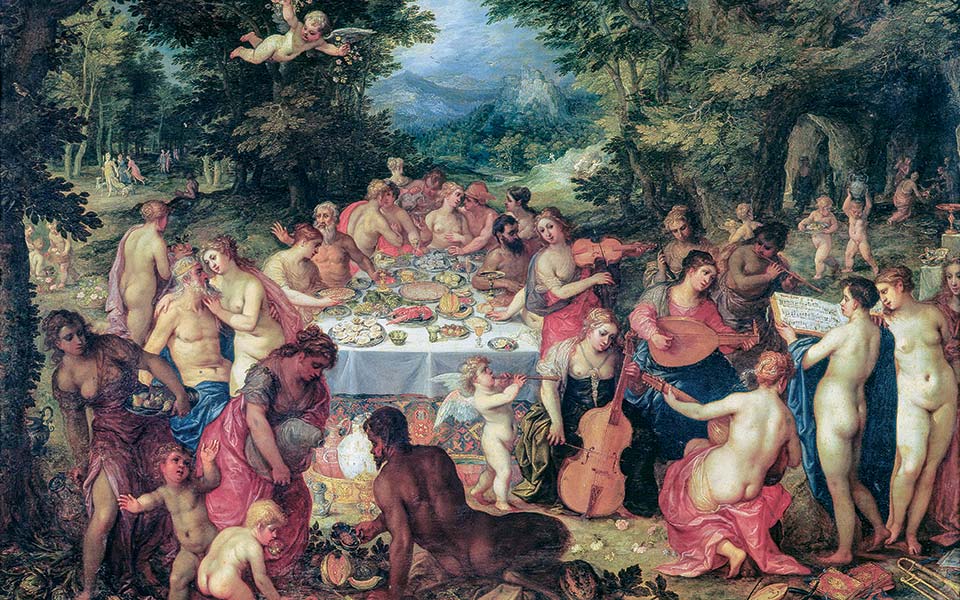If you’ve ever traveled past Mt Olympus, walked among its foothills or hiked its trails, you’re already acquainted with its majestic beauty. It seems only natural that the ancient Greeks would have recognized this unique place as the home of their 12 foremost gods, the “Olympians.”
Viewed from the sea, this towering range which afforded passing seafarers an unmistakable landmark, is particularly impressive. The often-snowcapped peaks stretch toward the sky, the massif divided in two by an enormous dark canyon, outside whose entrance stands the modern village of Litochoro.
On cloudless days, Olympus’ three tallest peaks may be visible in the distance: Mytikas (2918m), Skolio (2911m) and Stefani (2909m), also known as the Throne of Zeus, which rises above the alpine meadow called the Plateau of the Muses.
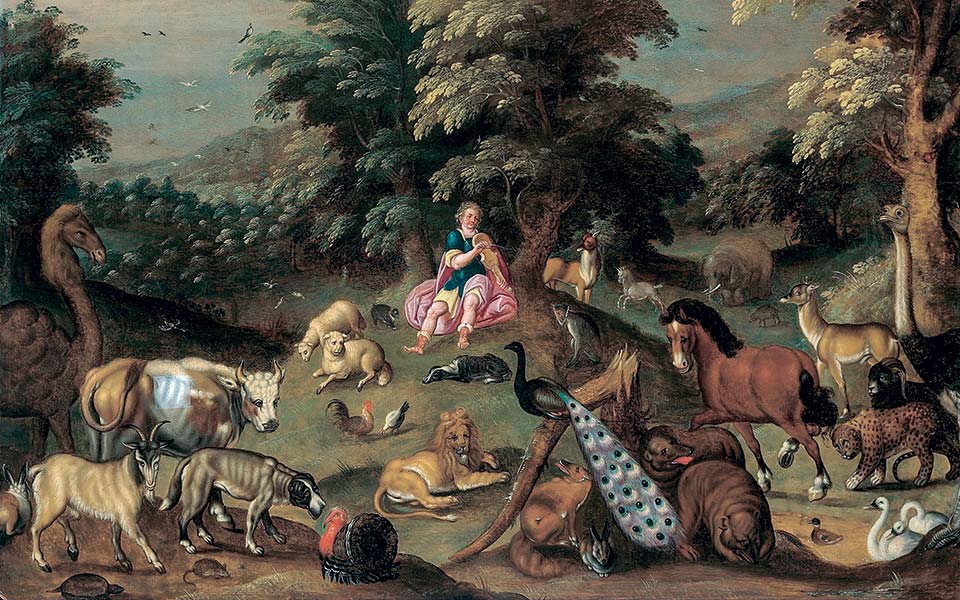
© GETTY IMAGES/IDEAL IMAGE
Where the Gods dwell
On the heights of Olympus were the palaces of the ancient Greeks’ most powerful gods: mighty Zeus and his queen, Hera; Poseidon, Demeter and Hestia; Athena, Apollo and his sister Artemis; Ares, Hermes, Hephaestus and his wife Aphrodite.
Hades, despite being Zeus’ brother, lived far from Olympus, as ruler of the Underworld, while Dionysus, Zeus’ free-spirited son, spent most of his time roaming the woodlands and vineyards with his entourage of ecstatic, wine-soaked Sileni/Satyrs and Maenads, and with the nymphs of Nyssa and convivial Pan, a lustful goat-legged god with horns.
Olympus’ seaward slopes and coastal plain, rich in rivers and lush vegetation, were also considered to be sacred in antiquity – the idyllic abode of gods, goddesses, nymphs and the nine Muses, daughters of Zeus (Calliope, Clio, Euterpe, Thalia, Melpomene, Terpsichore, Erato, Polyhymnia, Urania). Here one finds the pleasant archaeological park of Dion, an important Archaic and Classical cult center and, later, a fortified Hellenistic military base and affluent Roman colony, marking the borderlands between Macedonia and the rest of Greece.
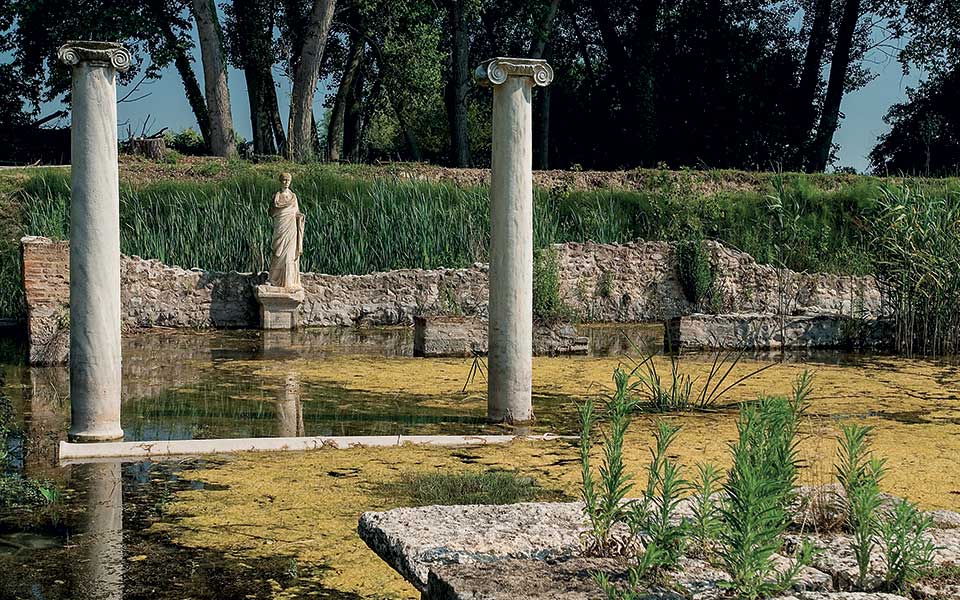
© Shutterstock
Enchanted nature
Orpheus, the mythical musician and poet, known especially for his enchanting songs and lyre playing, was a main figure associated with the Dion region and its inspiring environment. Much as the phenomena of lightning and thunder high on Olympus were attributed to Zeus, the gatherer of clouds and storms, Orpheus was similarly seen as having powers that affected nature, with which he charmed the animals, trees, rivers and even the rocks.
Born in a cave on Olympus’ lower slopes, somewhere south of Dion near ancient Leivithra, Orpheus was a son of Calliope, the leading Muse, and Oiagros, king of Thrace. His exact reputed birthplace, Pimpleia, remains unknown today, but was described by the Roman geographer Strabo as an unwalled village, an outlying settlement or suburb of Dion.
Orpheus reportedly established a school at Leivithra, teaching the worship of Dionysus and his own Orphic Mysteries, which promoted the idea that the human soul was immortal and subject to reincarnation or transmigration after death.
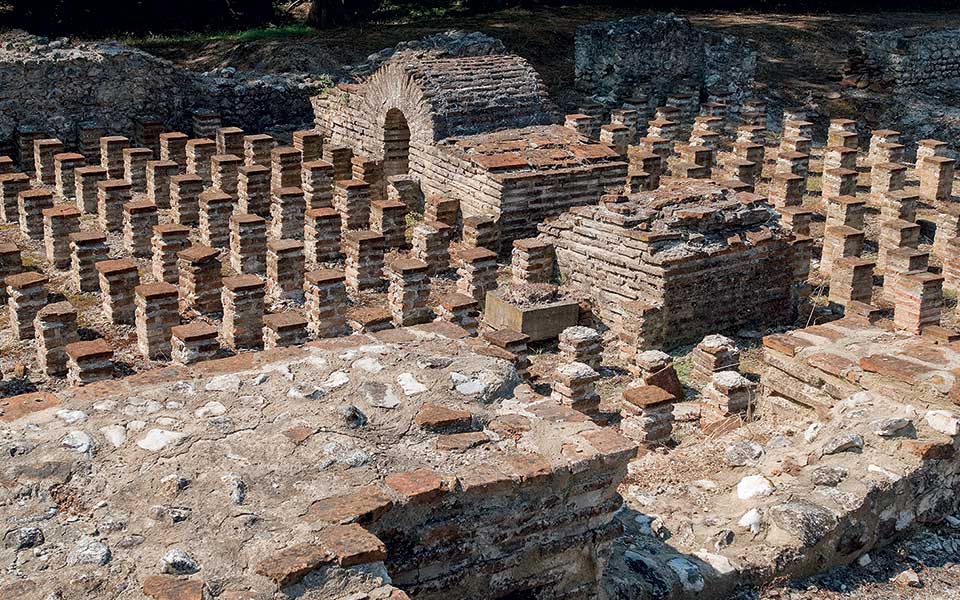
© Shutterstock
Orpheus ranks among the notable figures in ancient Greco-Roman myth who made journeys to the Underworld and successfully returned. Others included Odysseus, Hercules, Theseus, Dionysus, Adonis, Demeter, Persephone, Hermes and Aeneas.
In Orpheus’ case, he traveled to the Underworld to attempt to release his beloved wife, the woodland nymph Eurydice, who had perished from a snakebite. Using his magical musical powers, he was able to slip past the Underworld’s three-headed canine gatekeeper, Cerberus, and to persuade Hades to let him lead Eurydice back to the Land of the Living – on condition that while doing so he wouldn’t look behind him. Unfortunately, he couldn’t resist and Eurydice disappeared forever.
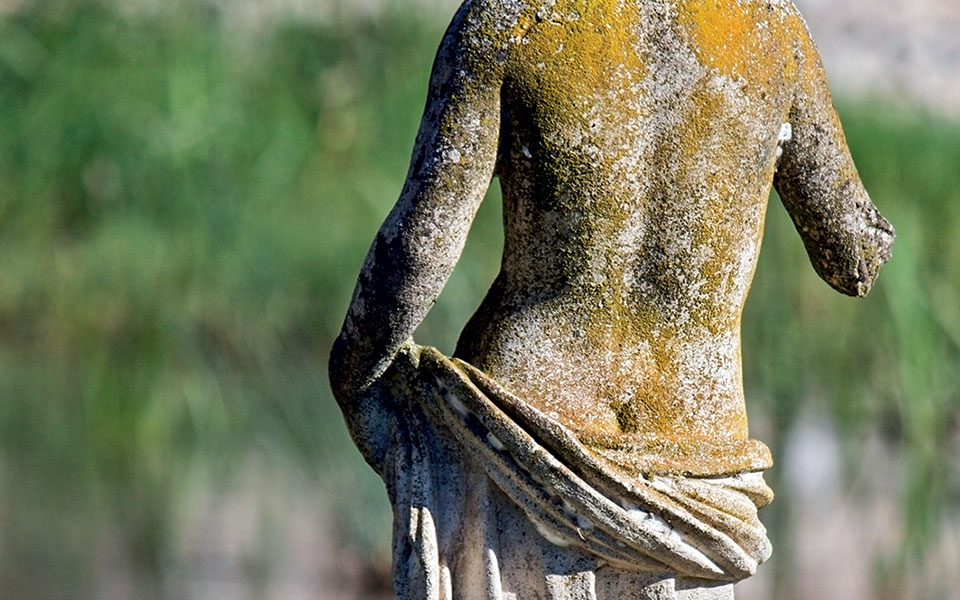
© Shutterstock
At Dion, legend held that Orpheus died at the hands of local Pierian women who were either in a Dionysiac frenzy or angered because he refused to admit them as initiates into his Orphic Mysteries. Other versions argued that, heartbroken from the death of Eurydice, he shunned women, turned his attentions and affections solely to males, and thus enraged the women by luring away their menfolk, at the same time introducing homosexuality into the world.
According to the traveler Pausanias, the womenfolk tore Orpheus apart and then went to wash their hands clean of his blood in the Helicon River. Wishing no part in his murder, the Helicon disappeared underground – only to burst forth again near Dion, as the sacred Vaphyras River.
After Orpheus’ death, his lyre was placed on display in the sky (as a constellation) by Zeus, while his bones were buried at Leivithra on Olympus by the Muses. After a flash flood later destroyed Leivithra, Pausanias notes, the Macedonians of Dion “carried the bones of Orpheus to their own country.”
He reports that, when “going from Dion along the road to the mountain, and advancing twenty stades, you come to a pillar on the right surmounted by a stone urn, which according to the natives contains the bones of Orpheus.”
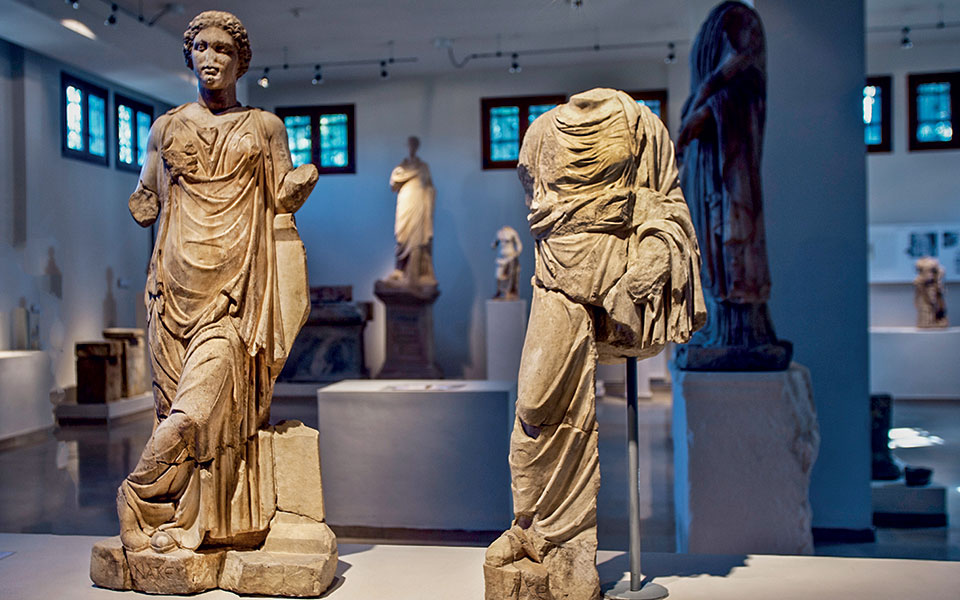
© Clairy Moustafellou
Dion
Dedicated primarily to Zeus, Dion was the most important religious sanctuary in ancient Macedonia. In addition to its numerous shrines and temples dedicated to Olympian Zeus, Zeus Hypsistos, Artemis, Aphrodite, Dionysus, Demeter and Isis, the site was considered the birthplace of Macedon, Zeus’ son and the progenitor of the Macedonians.
King Archelaus founded an athletic festival in honor of Zeus at Dion in the late 5th century BC, like the major games held at Olympia and other sanctuaries of Greece, while Philip II celebrated many of his military victories there.
Alexander the Great ceremonially launched his Asian campaign from Dion (334 BC), later erecting a monumental equestrian group, sculpted by Lysippus in bronze, which commemorated those Companions who fell in the Battle of Granicus.
As a strategic military position marking Macedonia’s southern frontier with the rest of Greece, Dion was fortified with massive defensive walls by Cassander (306-304 BC). Later, following the Romans’ takeover of Macedonia (168 BC), it was designated a colony in 32/31 BC by Octavius (Augustus).
The city thrived, despite invasions, earthquakes and severe floods, eventually serving as the seat of a bishop after Constantine’s empire-wide embrace of Christianity with the Edict of Milan (AD 313). Dion then suffered final decline and abandonment in the 5th century AD.
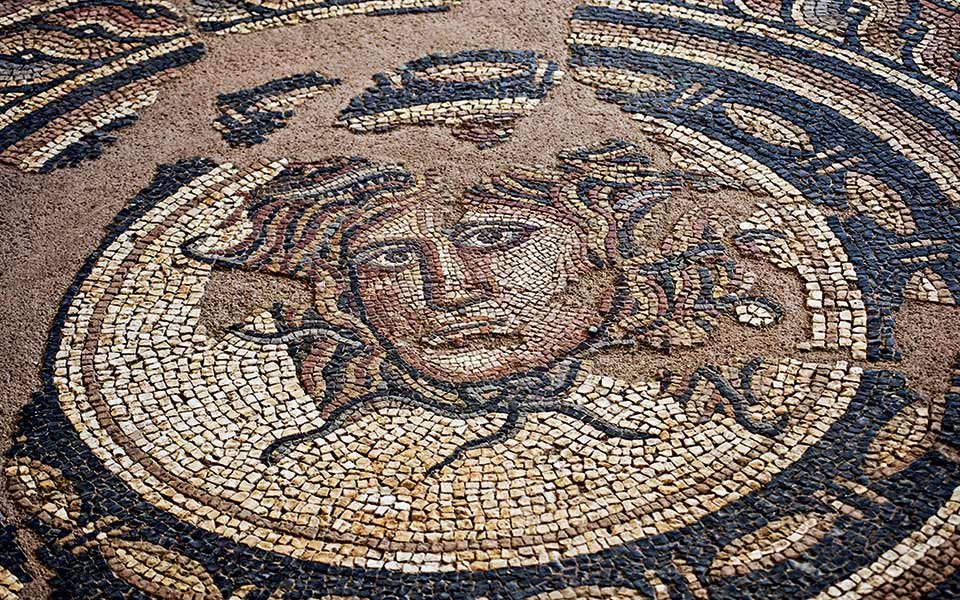
© Clairy Moustafellou
Today, visitors can explore the excavated ruins of the fortified city in an archaeological park notable for its tranquil setting, grassy lawns, tree-lined paths and intriguing architectural relics, some still seasonally inundated – as they likely were in antiquity – by the adjacent Vaphyras River. The people of ancient Dion clearly lived at the whim of their environment, ever aware of the ubiquitous powers of nature so apparent here in the shadow of Olympus.
In strolling through the large park, one finds temples, sanctuaries, bath complexes with mosaic floors and hypocaust heating systems, stone-paved streets, a Hellenistic theater and Roman music hall, affluent villas, basilicas and an early Christian cathedral.
The Monument of the Shields, a lengthy relief of shields and breastplates (4th century BC), recalls Dion’s military past, while the so-called Villa of Dionysus attests to the luxurious lifestyle once enjoyed in the city. In the Isis sanctuary, a paved channel was intended to evoke the Nile.
The site’s museum preserves an array of elegant statues that once adorned Dion, as well as the earliest-known example of a “hydraulis” (1st century BC), an air-driven bronze instrument that represents the forerunner of the modern church organ.

